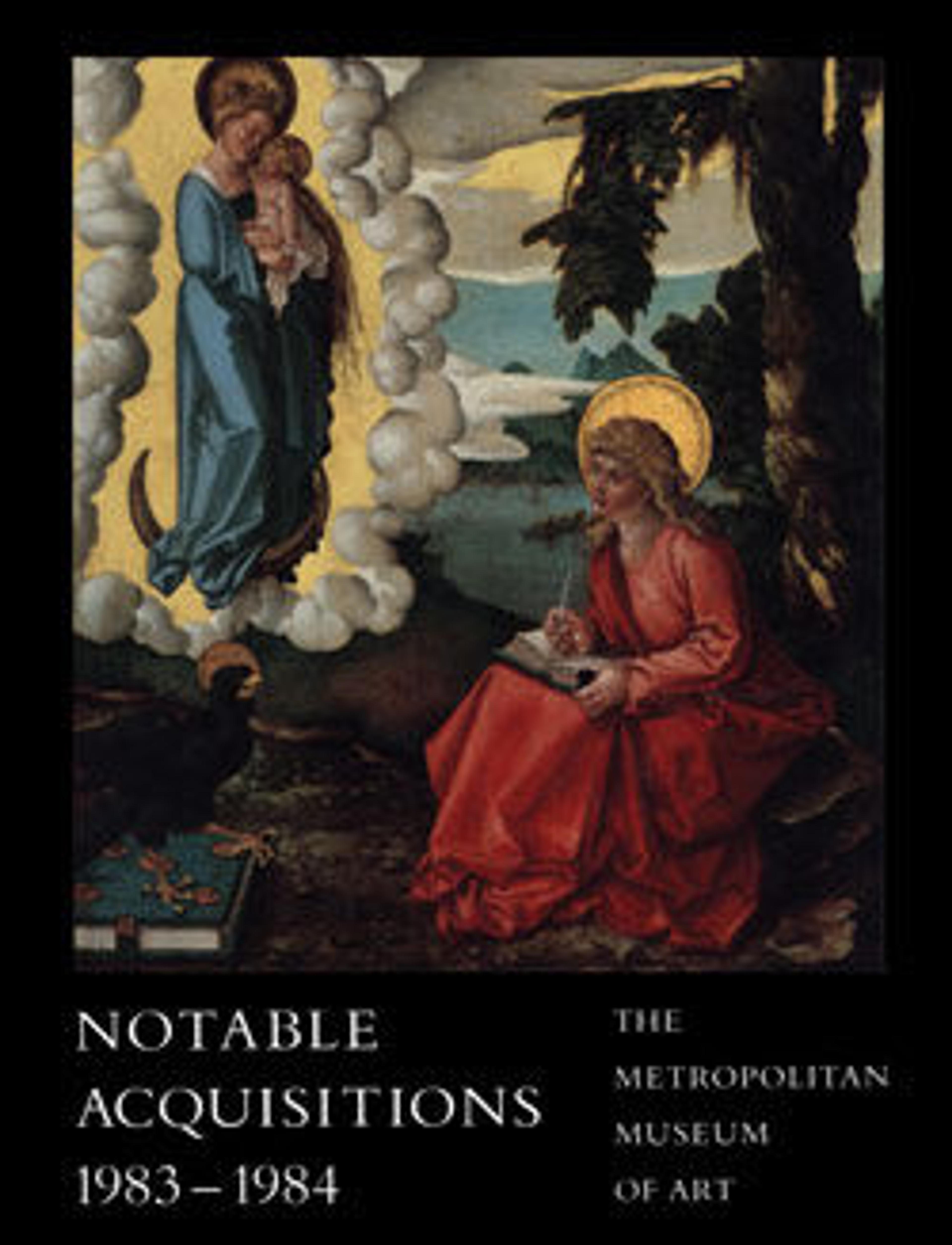Violoncello
Pique’s work embraces a particularly interesting period in the design and performance practice of violin-family instruments. Models shifted from the instruments of Stainer and Amati to those of Stradivari—popularized by the virtuoso Jean-Baptiste Viotti and the growing preference for brighter and louder-sounding instruments. The relatively flat arching of this cello reflects these changes.
François Pique was born near Paris in the town of Roissy Ile de France. It is unknown where he received his training as a violin maker, but by 1787 he had his own workshop in Paris. In the 1790s, Nicolas Lupot of Orleans made violins for Lupot to sell. By 1796, Lupot had moved to Paris and the two men continued to trade ideas about violin making. The instruments of the two makers show many similarities. Pique retired from violin making in 1818 and died in 1822.
Description: Back in two pieces of quarter-sawn, wide-flame maple; similar sides; front in two pieces of medium grain spruce narrowing toward the edges; orange-brown varnish crackled in small areas toward the edges; modern neck and fittings, original scroll grafted on.
François Pique was born near Paris in the town of Roissy Ile de France. It is unknown where he received his training as a violin maker, but by 1787 he had his own workshop in Paris. In the 1790s, Nicolas Lupot of Orleans made violins for Lupot to sell. By 1796, Lupot had moved to Paris and the two men continued to trade ideas about violin making. The instruments of the two makers show many similarities. Pique retired from violin making in 1818 and died in 1822.
Description: Back in two pieces of quarter-sawn, wide-flame maple; similar sides; front in two pieces of medium grain spruce narrowing toward the edges; orange-brown varnish crackled in small areas toward the edges; modern neck and fittings, original scroll grafted on.
Artwork Details
- Title: Violoncello
- Maker: Attributed to François-Louis Pique (French, Roret 1757–1822 Charenton-Saint-Maurice)
- Date: ca. 1800
- Geography: Paris, France
- Culture: French
- Medium: Wood
- Dimensions: L. 121.8 cm (47-15/16 in.); Body L. 75.5 cm (29-11/16 in.); String L. 68.5 cm (26-15/16 in.)
- Classification: Chordophone-Lute-bowed-unfretted
- Credit Line: Purchase, The Astor Foundation, Mrs. Jackson Burke, J. Richardson Dilworth, Mrs. Harold H. Krechmer, in memory of Harold H. Krechmer, and American Society for Eighteenth Century Studies Gifts; Rogers Fund; Gift of Mr. and Mrs. Gregory W. Mandeville, The Crosby Brown Collection of Musical Instruments, Gifts of Mrs. Harold H. Krechmer and Helen Blank, in memory of Therese Gittler, by exchange; and funds from various donors, 1983
- Object Number: 1983.435
- Curatorial Department: Musical Instruments
More Artwork
Research Resources
The Met provides unparalleled resources for research and welcomes an international community of students and scholars. The Met's Open Access API is where creators and researchers can connect to the The Met collection. Open Access data and public domain images are available for unrestricted commercial and noncommercial use without permission or fee.
To request images under copyright and other restrictions, please use this Image Request form.
Feedback
We continue to research and examine historical and cultural context for objects in The Met collection. If you have comments or questions about this object record, please contact us using the form below. The Museum looks forward to receiving your comments.
